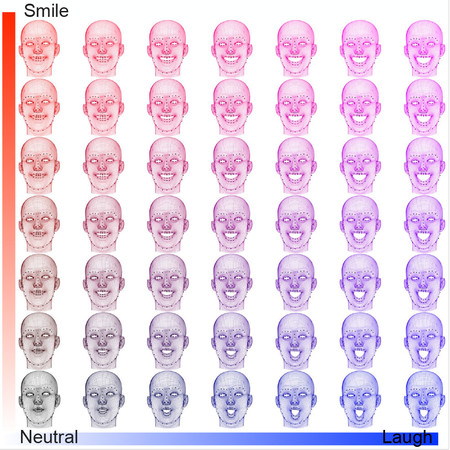Disney Research engineers have developed a machine learning software that can evaluate the various and complex emotional responses of movie audiences based on their faces.The software utilizes an algorithm called factorized variational auto-encoders, or FVAEs, and was developed in coordination with researchers from Caltech and Simon Fraser University.
Usually, variational auto-encoders automatically transcribe the complex images they collect into numbers and is sometimes called latent encoding or representation. But this new FVAEs from the university partners’ also add metadata, that is additional information about the data itself.
When it comes to understanding faces, the FAVEs breaks down each expression by assigning a number to certain features then connects that number to matching expressions at other times or different expressions occurring at the same time. For example, one number may represent a small smile, while a different number is assigned to a wider smile, and a separate number is for whatever the eyes are doing.
To gather the data, four infrared cameras were installed in a 400 seat theater during 150 showings of various Disney movies. They captured 68 separate features per face for a total of over 3000 total viewers equaling about 16 million unique images.
According to Peter Carr, a Disney Research scientist, the new software is incredibly accurate so that with sufficient information it can actually predict an audience’s’ reaction after only a few moments of observation. However, the ultimate goal of such software doesn’t stop at the movie theater. Yisong Yue, a professor in Caltech’s Division of Engineering and Applied Science, would like to utilize the software as part of a complete AI that can understand human visual cues, like body language, to aid in caring for the elderly, when pain or discomfort may not explicitly be stated.
For Disney’s part, the software can be used for modeling any collection of objects after observation. For example, after analyzing differing trees moving in the wind, the information from FVAEs can help make animated trees more realistic.
More News to Read
- Understanding the Enigma of Drizzle – Light Rain Falling in Very Fine Drops
- Supercomputer Simulation of HIV Virus May Provide New Treatment Options
- East Coast Birds Under Threat from Central American Habitat loss and Climate Change
- Study Shows Aggressive Cancers Recruit Normal Cells to Spread Tumors by Imitating Viruses
- What type Applications We need for Quantum Computers?











